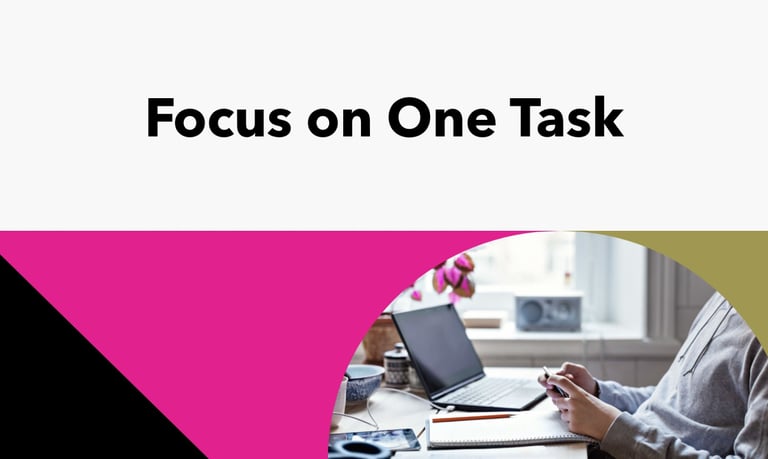Breaking the Multitasking Myth
CUSTOMER EXPERIENCEFEATURED


Multitasking is often seen as a productivity hack, but it can degrade the quality of customer service. Explore why focusing on one task at a time leads to better customer interactions and higher satisfaction rates.
You're on a call with a customer service agent, hoping to resolve an issue that's been bothering you for days. The agent on the other end is polite, even friendly, and keeps repeating, "I understand how you feel." But somehow, you get the nagging feeling they aren't really getting it. You repeat your problem again, feeling your patience slip away. Ever been there? I have, and I bet many of you have too.
This is a classic example of the difference between fake and genuine active listening. Call centers, despite their best intentions, often train agents in what amounts to a performance of empathy. It's a script – say the right things, use the right tone, but while juggling multiple tasks. Genuine active listening, on the other hand, requires undivided attention and a clear mind, something that's becoming a rarity in our distraction-filled world.
The Myth of Multitasking
Let's break this down. Multitasking, the supposed superpower of modern work culture, is, in reality, the arch-nemesis of focus. Think about it: can you truly focus on a conversation while checking emails or browsing through spreadsheets? Science backs this up – our brains are wired to focus on one thing at a time.
When you're multitasking, you're not fully present. Your conscious mind can't split its focus effectively. It's like trying to watch a movie while reading a book – you end up missing out on both. In customer service, this means missing the subtle cues and nuances in a customer's voice that indicate their true feelings and needs.
Why Vision Dominates Hearing
Human senses aren't created equal. Vision often trumps hearing. Imagine trying to listen to someone while scrolling through your phone. Your brain prioritizes what you see over what you hear. It's why "eye-witness" accounts are so powerful, and "hearsay" is often dismissed.
A simple test? Listen to your favorite song with your eyes closed. Notice how much richer the experience is. Libraries enforce silence for a reason – to help readers focus. Sports like tennis and golf ask for quiet to aid players' concentration. The principle is the same for focus & active listening: eliminate distractions to truly hear what's being said.
The Battle Against Distractions
In today's gadget-centric world, distractions are everywhere. It's a common sight – people sitting together, each engrossed in their own screen. Can you imagine any of them truly listening to each other? Probably not.
Active listening demands a conscious effort to be present. It's about more than just hearing words; it's about understanding the emotions and intentions behind those words. This requires commitment and a few practical steps:
Commit to Active Listening: Make a personal vow to give your full attention when someone is speaking to you.
Eliminate Visual Distractions: Put away devices and focus your eyes on the speaker. If you're on a call, close unnecessary tabs and avoid looking at other screens.
Stay in the Moment: Resist the urge to plan your response while the other person is talking. Instead, absorb what they're saying fully.
Creating a Culture of Listening
When I realized this phenomenon, we made a radical change in our teams. No laptops or phones in meetings – only notebooks and pens. The result? More engaged discussions and a genuine sense of connection.
Though, online meetings pose a greater challenge, but breaking them into smaller, focused sessions can help. Smaller meetings ensure that everyone has a stake in the discussion, promoting active participation.
In customer service, this approach can transform interactions. Empowering the teams to focus on the ongoing conversation without the pressure of multitasking ensures that agents aren't just hearing but truly understanding customers.
Active listening is not just a skill; it's a discipline, a conscious choice to value the person in front of you or on the other end of the line. In a world filled with distractions, it's a superpower that sets apart great interactions from mediocre encounters. So next time you're speaking with someone, put down your phone, look them in the eye, and really listen. It might just be the most important thing you do.
